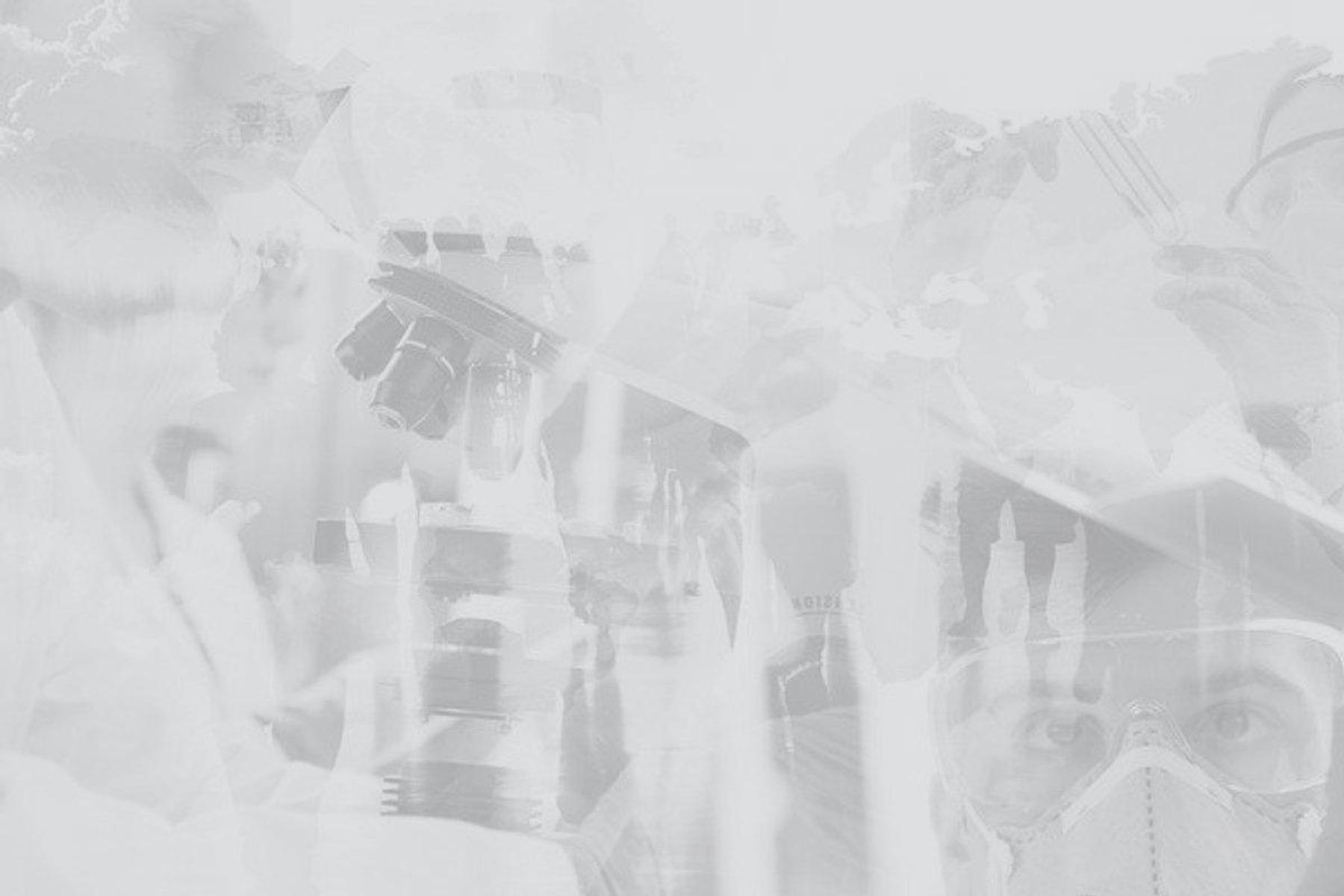Biggest bottleneck: production
Vaccines have been developed at breakneck speed, and vaccine makers are ramping up the associated (complex) production processes. The schedules look promising, but there are two major challenges that could cause delays:
- Suppliers might run short on raw materials required for vaccine production, as demand for specific chemicals and reagents is high.
- Production processes have been implemented quickly. As a result, it could be difficult for manufacturers to manage production speed (which has happened with AstraZeneca). They seem especially constrained in the final step of the vaccine production process: filling the final drug product.
These two things could hamper delivery schedules, and the Netherlands might have to deal with delays. Moreover, if one supplier changes its delivery schedule, the Netherlands will have to revise its vaccination strategy. After all, each vaccine has specific qualities that makes it suitable for vaccinating certain sections of the population. Vaccines that require very cold storage, for example, are better suited for central storage and vaccination, as local doctors don’t always have the right equipment for storing vaccines at low temperatures.
Distribution: another problem? Not so much
Getting ready-to-use vaccines from production locations to warehouses and local vaccination centers in specific countries might be a challenge. But this mainly goes for countries that rely on air transportation.
In air transportation, freight capacity is more constrained, and not all airports are properly equipped for storing vaccines at very low temperatures.
Fortunately, the Netherlands does not depend on air transportation. Since it's a lot easier to keep vaccines within the safe temperature range during road transportation, and sufficient trucks are available, we don't expect distribution to be a major issue.
Stock management: tricky
Storing vaccines in a central location shouldn't be that difficult. Because of flu vaccine distribution, we already have the right infrastructure for it. Here's what will be complex, though: stock management at local vaccination centers. The latter differ in size, and each will vaccinate at its own pace.
As the amount of vaccinations per day will probably vary, and vaccines can only be used for a limited amount of time, some locations might run out of stock, while others will have too many vaccines. Combined with the fact that supply will not be unlimited (at least this year), this could temporarily slow down vaccinations.
Usually, the risk might be mitigated using supply chain visibility tools. But unfortunately, it takes time to implement these — time we currently don't seem to have.
Therefore, we will likely have to rely on vaccination locations to stock the right amount of vaccines and be flexible regarding their backlog of scheduled vaccinations (which means they should be able to ramp them up when overstocked and slow them down when understocked).
IT system breakdowns: unpleasant surprises
The last step in the vaccination chain consists of administrative work and registration. This means people should be scheduled for vaccination and registered after they've gotten their vaccine. We've already had to deal with a few delays back in December 2020, when systems had to be adapted so Covid-19 vaccines could be registered.
As most managers working in a(n) (partially) automated operation know, an IT breakdown is difficult to predict, and it can have devastating consequences for the operation. We can only hope local and central registration systems won't break down or suffer major security issues. Nobody wants to deal with such an unpleasant surprise — especially not in the thick of the vaccination campaign!
In summary, a lot can go wrong in the vaccine supply chain, and the current vaccination schedule is only tentative. Of course, not everything will be in our control but focus on these 4 areas will definitely be required.

